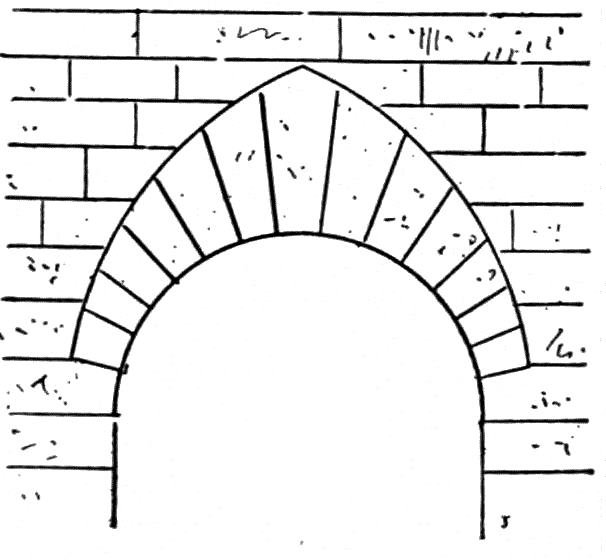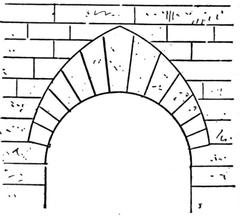
Palazzo Mozzi: Comprehensive Guide to Visiting Hours, Tickets, and Florence Historical Sites
Date: 15/06/2025
Introduction: The Legacy and Allure of Palazzo Mozzi
Nestled in Florence’s vibrant Oltrarno district, Palazzo Mozzi stands as a remarkable testament to the city’s medieval origins, Renaissance splendor, and artistic evolution. Built by the influential Mozzi family between 1260 and 1273, this historic palazzo uniquely blends fortress-like medieval architecture with the elegance of Renaissance refinement. Its strategic location near the Ponte alle Grazie enabled the palazzo to serve both as a defensive stronghold and a noble residence, hosting illustrious guests such as Pope Gregory X and influential dukes during Florence’s tumultuous political eras.
The transformation of Palazzo Mozzi into a preeminent center of art and culture occurred under the renowned 19th-century antiquarian Stefano Bardini, who filled the residence with an eclectic collection of art and transformed the surrounding hillside into the enchanting Giardino Bardini. Today, the palazzo is home to the Bardini Museum, offering visitors an immersive journey through centuries of Florentine history and artistry. This guide covers all essential details—visiting hours, ticketing, accessibility, historical context, and travel tips—to ensure your visit is as rewarding as possible. For the latest updates and official information, consult the Polo Museale Fiorentino website and Visit Florence.
Table of Contents
- Introduction
- Historical Overview
- Architectural and Artistic Highlights
- The Giardino Bardini Connection
- Practical Visitor Information
- Visitor Tips and FAQs
- Nearby Attractions
- Conclusion and Further Resources
- References
Historical Overview
Medieval Origins and Strategic Importance
Constructed between 1260 and 1273, Palazzo Mozzi is among Florence’s oldest noble residences. The Mozzi family, prominent papal bankers and supporters of the Guelph faction, commissioned the palazzo to guard the Ponte alle Grazie, a vital Arno River crossing (casavacanze.poderesantapia.com). Its location at the edge of the medieval city walls near Porta San Niccolò offered security and a degree of autonomy from the political instability of the city center (Florentine Palaces & Their Stories, Janet Ross, 1905). The palazzo’s defensive function is still evident in its robust stone walls and tower.
Renaissance Transformations
As Florence blossomed into a Renaissance powerhouse, Palazzo Mozzi evolved. The 14th-century saw the conversion of the fortress into a refined residence, with larger windows, elegant stonework, and interior spaces tailored for hospitality and art display (Palazzo Spinelli, Repertorio delle Architettura Civili di Firenze). Despite periods of exile and property loss due to political upheaval, the Mozzi family regained the palace in the 16th century. Subsequent refurbishments by architect Gasparo Maria Paoletti in the 18th century introduced frescoes and refined interiors (casavacanze.poderesantapia.com).
Decline and Bardini’s Vision
After the Mozzi family line ended, the palace changed hands before being acquired in 1913 by Stefano Bardini, an acclaimed antiquarian and art dealer (Museums in Florence, entry on Bardini Museum). Bardini transformed the palazzo into a gallery and restoration studio, filling it with diverse collections—paintings, sculptures, ceramics, tapestries, and musical instruments. He also redesigned the adjacent hillside gardens, now the Giardino Bardini, blending Renaissance terraces with Anglo-Chinese landscaping (wp.eghn.org).
Modern Restoration and the Bardini Museum
After Bardini’s death in 1922, legal disputes delayed the public opening of his collection until the late 20th century. In 1996, the City of Florence acquired the palazzo, initiating a comprehensive restoration to preserve its medieval façade and historical interiors (Polo Museale Fiorentino, Ministry of Cultural Heritage). The museum reopened in 2009, showcasing Bardini’s eclectic collections and the palazzo’s layered architectural legacy.
Architectural and Artistic Highlights
Palazzo Mozzi is a microcosm of Florence’s architectural evolution. The original medieval structure—with its thick walls, rectangular plan, and crenellated tower—remains visible, especially from the garden side (Wikipedia). Renaissance modifications introduced larger windows, pietra forte sandstone, arched portals, and loggias (Firenze Oltrarno). The 18th-century brought Paoletti’s frescoes and Neoclassical details.
Inside the Bardini Museum, highlights include:
- Sculptures: Donatello’s “Madonna della Mela,” Della Robbia terracottas, and works by Tino da Camaino.
- Paintings: Religious and secular works from the 13th–16th centuries, including pieces by Antonio del Pollaiolo and Bernardo Daddi.
- Decorative Arts: Tapestries, ceramics, rare musical instruments (including a Bartolomeo Cristofori spinet), and period furniture.
- Architectural Fragments: Salvaged portals, ceilings, and chimneypieces from demolished Florentine buildings (casavacanze.poderesantapia.com).
- The Original “Porcellino”: Florence’s famed bronze boar statue.
The Giardino Bardini Connection
Accessible from Via de’ Bardi, the Giardino Bardini is an integral extension of Palazzo Mozzi’s historic narrative. Its three distinct areas—a Renaissance stairway, an Anglo-Chinese garden, and an agricultural park—reflect centuries of landscape design (wp.eghn.org). The garden boasts panoramic views over Florence, a wisteria-covered pergola, and hosts seasonal events and art installations (theflorentine.net).
Practical Visitor Information
Opening Hours and Ticketing
- Museum Hours: Typically Tuesday–Sunday, 10:00 AM–6:00 PM (last entry 45 minutes before closing); closed Mondays and certain holidays. Always verify with the official website for updates.
- Admission: Standard tickets are usually €10; reduced rates for EU citizens aged 18–25 and free for children under 18, Florence residents, and special categories.
- Purchase: Tickets can be bought online or at the entrance. The museum is included in the Firenze Card—a 72-hour city museum pass (Lonely Planet).
Accessibility
- The museum and gardens are partially accessible. Some historic staircases may limit access; ramps and elevators are available in some areas. Contact the museum in advance for detailed assistance.
Guided Tours and Events
- Guided tours offer rich insights into the palazzo’s history and collections and can be booked in advance on the official website.
- The Bardini Garden regularly hosts concerts, exhibitions, and cultural events.
Visitor Tips and FAQs
- Photography: Permitted in most areas without flash; tripods are not allowed.
- Best Times: Mornings during weekdays are usually quieter. Spring offers vibrant garden blooms.
- Dress & Comfort: Wear comfortable shoes due to uneven flooring and garden paths.
- Facilities: Restrooms and a gift shop are available; no café onsite but many eateries nearby in Oltrarno.
FAQs:
-
Q: What are the current visiting hours?
A: Usually Tuesday–Sunday, 10:00 AM–6:00 PM. Check for seasonal adjustments. -
Q: How much are tickets?
A: Generally €10 for adults with reductions for youth and free entry for children and residents. -
Q: Is the Bardini Garden open year-round?
A: Yes, except for closures during special events or maintenance. -
Q: Is the museum suitable for families?
A: Absolutely—family-friendly tours and activities are available. -
Q: Is photography allowed?
A: Yes, but no flash or tripods.
Nearby Attractions
Palazzo Mozzi’s Oltrarno location makes it an ideal starting point for exploring:
- Bardini Gardens: Adjacent panoramic gardens.
- Ponte Vecchio: Iconic bridge a short walk away.
- Palazzo Pitti & Boboli Gardens: Renaissance masterpieces nearby.
- Santa Maria del Carmine & Brancacci Chapel: Noted for Masaccio frescoes.
- Uffizi Gallery & Basilica di Santa Croce: Easily accessible on foot.
Conclusion and Further Resources
Palazzo Mozzi is a multifaceted cultural landmark that encapsulates Florence’s medieval roots, Renaissance artistry, and modern preservation. Its rich art collections, layered architecture, and stunning gardens provide a tranquil and enlightening escape from the city’s bustling streets. To ensure a rewarding visit, plan ahead using the latest visitor information, and consider combining your tour with nearby attractions for a full Florentine experience.
For ticketing, event updates, and more, consult the official Bardini Museum website and Polo Museale Fiorentino. Download the Audiala app for curated travel content and follow us for the latest on Florence’s historical sites.







































































